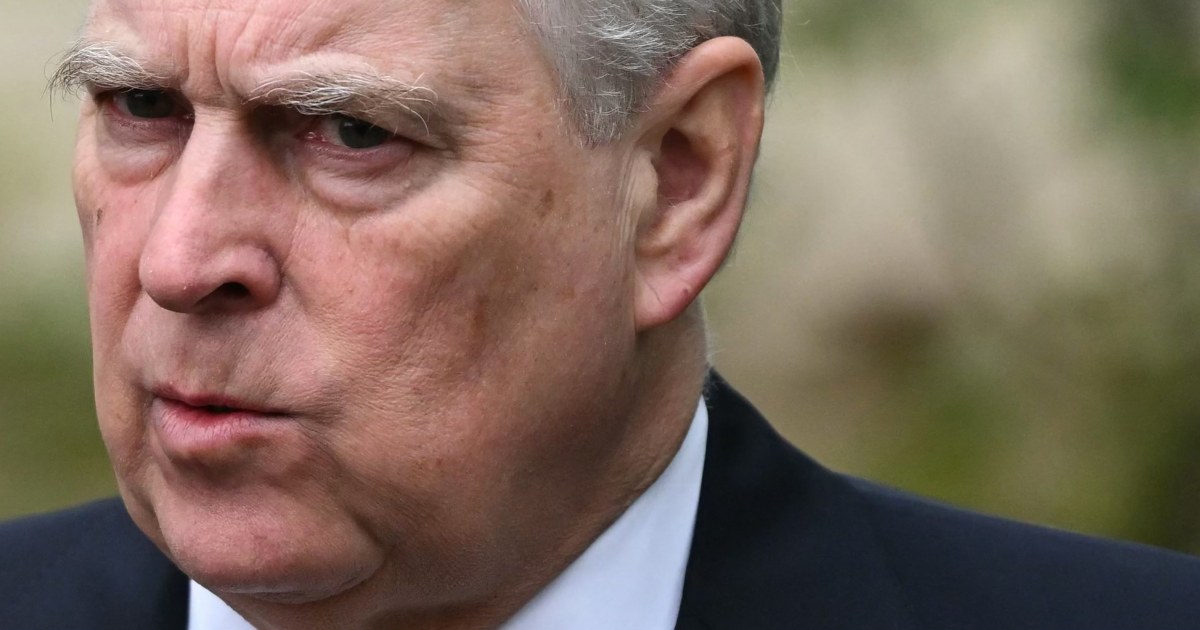Emotions don’t appear out of nowhere. They grow, shift, and take shape as the brain matures. But what if the earliest influences on emotional health aren’t found in the brain at all?
UCLA Health scientists now believe that the foundation of…

Emotions don’t appear out of nowhere. They grow, shift, and take shape as the brain matures. But what if the earliest influences on emotional health aren’t found in the brain at all?
UCLA Health scientists now believe that the foundation of…

Willa Pearson became the youngest player in A-League history after starting Sydney FC’s game against Melbourne City aged 14 years and 312 days.
The defender played the full 90 minutes of Saturday’s 2-2 draw to surpass the record held by Ischia…

A frustrated Ja Morant told reporters to “go ask the coaching staff” about his struggles during the Memphis Grizzlies’ 117-112 loss to the Los Angeles Lakers on Friday night.
Morant was held to a season-low eight points, going 3-of-14 from the…

For years, obesity rates in the US have gone in one direction: up. From the first year it was launched, Gallup’s National Health and Well-Being Index has found that the share of US adults reporting obesity has climbed and climbed, rising from…
This request seems a bit unusual, so we need to confirm that you’re human. Please press and hold the button until it turns completely green. Thank you for your cooperation!

Democrats investigating Jeffrey Epstein have intensified their calls for Britain’s former prince, Andrew Mountbatten Windsor, to answer their questions about his links to the disgraced financier, days after King Charles stripped his younger…

Forget the old idea that physical activity drains your supply of heartbeats. New research from Australia shows that people who are physically fit actually use fewer heartbeats each day, which may help them live longer.
According to the study,…

Dien Bien Provincial Department of Health said that as of noon on October 27, the province had recorded 155 cases of bacillary dysentery in the outbreak area of Nam Ke commune; of which 57 cases had been cured, 97 cases were being treated,…

Warren Buffett and Greg Abel walkthrough the Berkshire Hathaway Annual Shareholders Meeting in Omaha, Nebraska on May 3, 2025.
David A. Grogen | CNBC
Warren Buffett’s Berkshire Hathaway reported a sharp rebound in operating profit on Saturday, while its cash pile swelled to a new high with no buybacks.
Berkshire’s operating profit generated from the conglomerate’s wholly owned businesses including insurance and railroads jumped 34% year over year to $13.485 billion in the third quarter. The gains were driven by a more than 200% surge in insurance underwriting income, which rose to $2.37 billion.
Buffett once again refrained from repurchasing shares despite a significant pullback in the stock. The company said there were no share buybacks during the first nine months of 2025. Class A and B shares of the conglomerate are up 5% each in 2025, while the S&P 500 is up 16.3%.
Without any buybacks, Berkshire’s cash hoard swelled to a record $381.6 billion, surpassing the previous high of $347.7 billion set in the first quarter of this year.
Berkshire also didn’t find other stocks attractive, net selling equities in the third quarter for a taxable gain of $10.4 billion.
Berkshire Hathaway class A shares year to date
The 95-year-old Buffett in May announced he’s stepping down as CEO at the year-end after six legendary decades. Greg Abel, Berkshire’s vice chairman of non-insurance operations, is set to take over as chief executive, while Buffett will remain chairman of the board. Abel will also start writing annual letters in 2026.
The Omaha-based conglomerate’s shares have tumbled double digits from all-time highs following the announcement. The sell-off partially reflects the so-called Buffett premium, or the extra price investors are willing to pay because of the billionaire’s unmatched record and exceptional capital allocation skills.
Last month, Berkshire announced a deal to buy Occidental Petroleum’s petrochemical unit, OxyChem, for $9.7 billion in cash. The deal marks Berkshire’s largest since 2022, when it paid $11.6 billion for insurer Alleghany.